|
Me Sahyadri |
|
November 2016- B |
|
Volume 3, number 17 |
|
|
Please use minimum 1280 pixel horizontal screen resolution for viewing. Please be patient while all the images in webpage are loaded. Please do not use the images for any commercial use without permission. Text in Marathi and English is not exact translation. Please give sufficient time to allow the photographs to load. Special thanks to all those who helped me during the compilation and for the help and guidance during the activity. |
|
|
|
|
देशाची आर्थिक प्रगती व्हावी असे सर्व नागरिकांना वाटणे सहाजिक आहे. अर्थकारणामुळे मिळणारा रोजगार, समृद्धी यासाठी सर्वांनाच आर्थिक प्रगती हवी हवीशी वाटते. आर्थिक प्रगती होताना, त्याचा दिर्घकाळात समाजावर, निसर्गावर, वातावरणावर दुष्परिणाम होणार नाही याची काळजी घेणे महत्वाचे आहे. मनुष्याच्या भावी पिढ्यांना पाणी, शुद्ध हवा, योग्य वातावरण मिळत रहावे अशी भावना मनात रुजणे महत्वाचे आहे. वाढत्या आर्थिक प्रगतीमुळे नैसर्गिक संपदेवर ताण येतो. प्रगतीसाठी प्रदुषण होते. जंगले, माळराने, व इतर अधिवास नष्ट होतात. वसुंधरेवर रहाणाऱ्या इतर जीवांचा मात्र मनुष्य फारसा विचार करत नाही. आर्थिक प्रगती करताना, मनुष्य निसर्गाची हानी करत आहे. मुळताच माणसाला निसर्गाचे महत्व समजणे हे सध्याच्या आपल्या प्रगत जीवनशैली मुळे अवघड झाले आहे. आर्थिक प्रगती, समाजाची प्रगती व निसर्ग संपदेची निगा, यांचा समतोल राखणे काळाची गरज आहे.
सह्याद्री (पश्चिम घाट) हा एक नैसर्गिक संपदेचा, वैविध्यतेचा, भौगोलिक व ऐतिहासिक ठेवा आहे. वाढत्या मानवी अतिक्रमणाचा, सह्याद्रीच्या विविध घटकांवर होणारा दुष्परिणाम भविष्यात आपल्यालाच धोका निर्माण करेल, यात शंका नाही. शुद्ध पाणी, हवा व उर्जा, भावी पिढीला मिळण्यासाठी, नंद्यांचे उगम असलेला सह्याद्री व त्याभागातील जंगले टिकवणे महत्वाचे आहे. सह्याद्रीच्या महत्वाच्या घटकांचे महत्व छायाचित्रांद्वारे प्रकट करण्याचा मी येथे प्रयत्न केला आहे. येथील पक्षी, प्राणी, वनस्पती, अधिवास, किल्ले व लेणी अशा विविध विषयांबद्दल आपण समजुन घेऊ.
|
|
As the economic development has taken the center stage, the balance between the environmental sustenance and socio economic development will be under the scanner. As most experts with balanced views have proclaimed, Indian wildlife and ecological system sustenance will be under threat, unless precautions are taken with the help of appropriate research and long term national interests. As we encounter the economic development, many habitats which indirectly or directly help sustainable development will be damaged. The awareness to gauge the success by sustainable development and not by year to year growth is a distant dream any environmentalist will assume in current scenario.
Western ghats, or Sahyadri as we all call it as, is a treasure trove of spectacular landscapes, biodiversity, flora, fauna, some amazing geological wonders and man made monuments. With the increasing pressure from human encroachment, all these elements are under stress and in turn are under depletion. Western ghats should be left untouched by human beings, to protect their future generations from getting short of resources, such as water, energy and clean air. The important elements of western ghats, which need protection are highlighted in the new version of Photo journal, Me Sahyadri Magazine. The current issue has few of the flora from the north Western Ghats.
|
|
|
| |
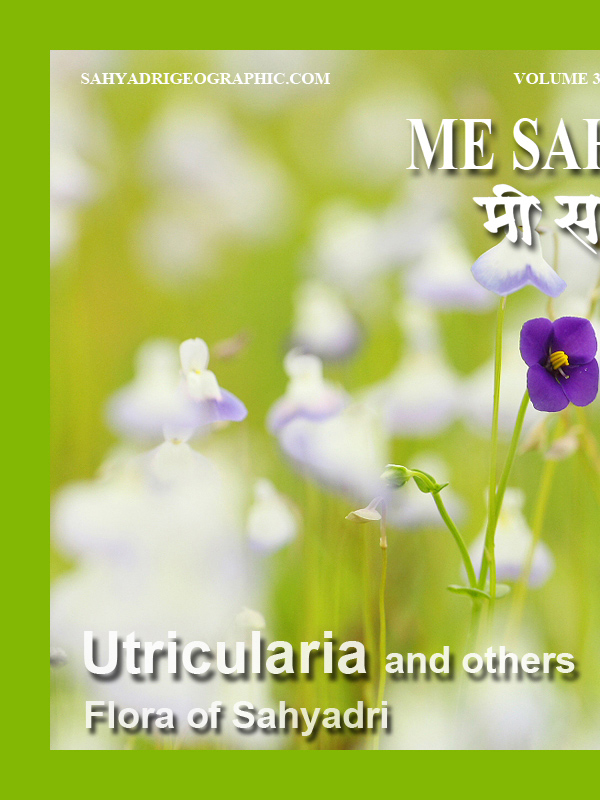 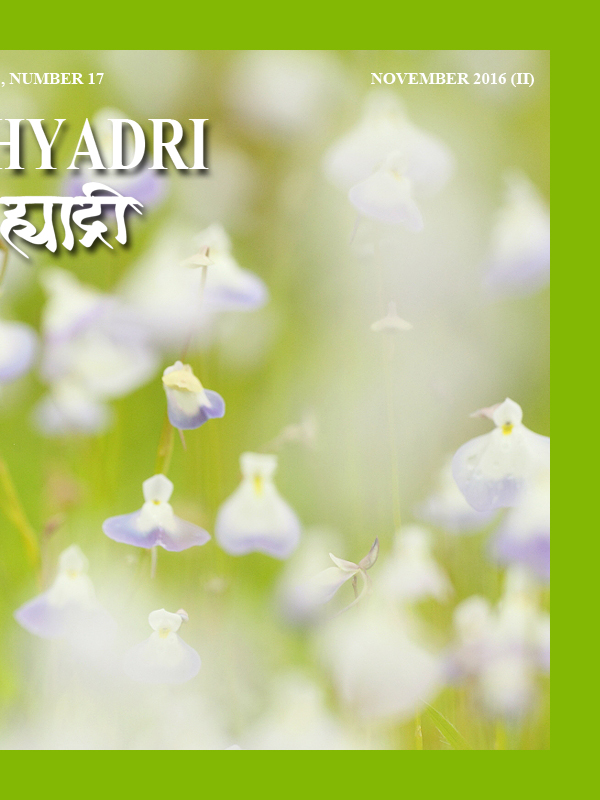
|
| |
| Me Sahyadri – November 2016 (II)
|
| |
|
|
| |
  |
| The banner has been published here to improve the awareness of the trekkers and tourists visiting the various mountain forts, mountains in north western ghats. Please avoid accidents, by following good outdoor ethics such as no swimming in cisterns at mountain forts, no rock climbing without proper technical equipment and expertise. Please do not adventure, trek with any group or individually without understanding the risks associated. The frequency of the solo trekker fatalities have increased recently. Please strictly avoid solo treks. Please also avoid treks to mountains in large commercial groups, as it leads to damage to biodiversity of these high elevation ecological islands. Please respect the wildlife and biodiversity of the region. This has become more important as the ever increasing human interference is leading to severe damage to fragile ecosystems. Please be aware of the wildlife and biodiversity of the mountains before visiting these mountains. Please follow outdoor ethics. Follow ASI and Forest department rules. The concept of use of symbols for outdoor ethics was conceived and designed by "Sahyadri Trekker Bloggers Group". |
| |
|
|
| |
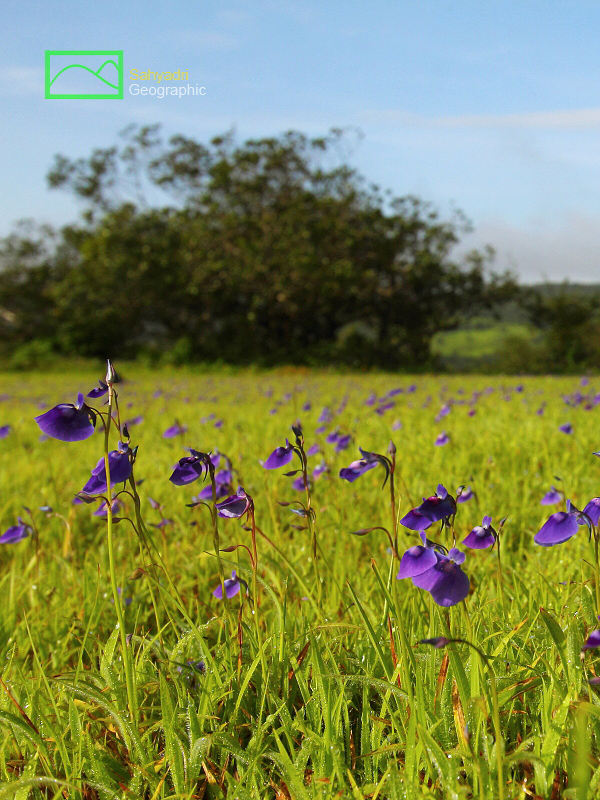 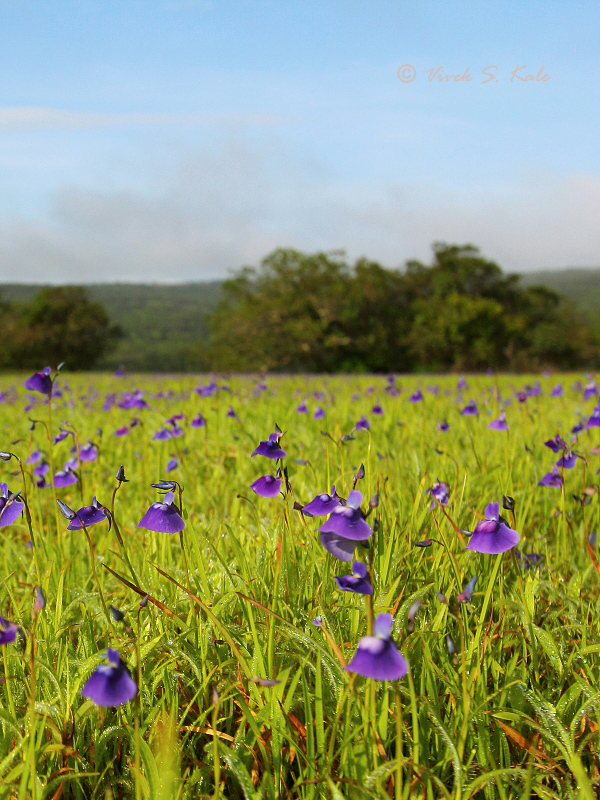 |
| 1. Utricularia species, Satara district, Maharashtra, Western ghats, India |
| |
|
|
युट्रिक्युलेरिआ जातीच्या वनस्पती किटकभक्षी वनस्पती आपला सह्याद्रीत आढळतात. या वनस्पती अत्यंत लहान असतात. पावसाळ्यात पाणथळ ठिकाणी या वनस्पती उगवतात. या वनस्पतींना टोकावर फुल येते. वनस्पतीला पाने नसतात. जमिनीखाली मात्र या वनस्पतीच्या मुळांचे जाळे असते. या जाळ्यात लहान लहान फुग्यांसारख्या पिशव्या असतात. या पिशव्यांना एक लहान तोंड असते व त्याला एक झाकण असते. झाकणाबाहेर तंतु असतात. पिशव्यांना बाहेरुन सुक्ष्म जीवांना आकर्षित करता येईल असे आवरण असते. तंतु चा हालचालीमुळे झाकण उघडते. बाहेरचे पाणी सुक्ष्म जीवांसकट पिशवीच्या आत जाते. झाकण क्षणभरात बंद होते. पिशवीच्या आत असलेल्या पाचक द्रव्यांमुळे सुक्ष्म जीव विरघळतात व वनस्पतीला खाद्य मिळते.
या दरम्यान पिशवीच्या आवरणातुन आतले पाणी हळु हळु बाहेर पाझरते. हि प्रक्रिया ओसमोसिस मुळे होते. पिशवी रिकामी झाल्यावर पुन्हा झाकण उघडले जाते. पुन्हा बाहेरचे पाणी जीवांसकट आत घेतेले जाते. अशी प्रक्रिया सतत घडते राहाते.
पावसाळ्याअखेर वनस्पतीच्या बिया आजुबाजुस पसरतात. वनस्पती वाळुन जाते. पुढच्या पावसाळ्य़ात पुन्हा उगवते. असे निसर्ग चक्र चालु रहाते.
सर्व किटक भक्ष वनस्पतींमध्ये युट्रिक्युलेरिआची जीव पकडण्याची पद्धत सर्वात जास्त गुंतागुंतीची व प्रभावी आहे.
शास्त्रीय भाषेत या वनस्पतीला युट्रेक्युलेरिआ असे म्हणतात.
|
|
Utricularia plants are commonly called as bladderwort plants.The important part of any bladderwort plant is beneath the surface of soil. The prominent flowering stem can be seen above the ground. This plant has long branching network of stems beneath the surface. The small bladder traps and leaves are attached to these stems. The word utricularia is derived from latin word utriculus. It means a small wine bottle. This small bag or a bladder has a opening which is sealed. The bladder has external secrations to attract the small organisms.
The bladder or a small bag has tiny hair like structures, which act as a trigger to open the seals of the bladder. If the trigger is actuated, the small bladders are filled with water as the seals of the bladder are opened. With the water small organisms such as protozoa enter the bladder. This is a process which happenes in a split second. Once inside the prey is dissolved due to digestive enzymes secreted by the plant.
The water is slowly pumped out of the bladder, creating the vacuum inside. Inspite of vacuum the bladder does not collapse. The water is pumped out by osmosis process, through the thin membranes of the bladder. Once the pumping stops due to osmosis, the seals open. As the seals open, the water enters inside due to the vacuum generated. This process continues in cycles.
It is said that these plants have the most sofisticated trapping mechanism amongst all the carnivorous plants.
|
|
|
| |
 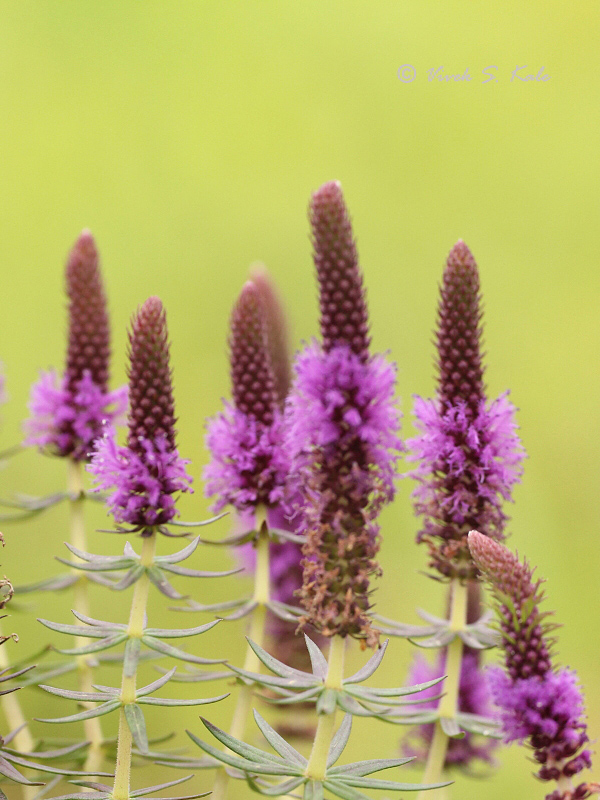 |
| 2. Pogostemon Deccanensis species, Satara district, Maharashtra, Western ghats, India |
| |
|
|
जांभळी मंजिरी नावाने ओळखली जाणारी वनस्पती पावसाळ्यात घाटमाथ्यावर सह्याद्रीत दिसते. पाण्याच्या लहान डबक्यात खुप संख्येने एकत्र उगवते. या वनस्पतीला हिरवे तुरे असतात. या तुऱ्यांवर जांभळी लहान फुले येतात. या फुलांचा एकत्र ताटवा आल्हाद दायक असतो. शास्त्रीय भाषेत या वनस्पतीला पोगोस्टेमोन डेक्कनेन्सिस असे म्हणतात.
जांभळ्या मंजिरीच्या पुर्ण तुऱ्यावर फुले एकदम येत नाहीत. तुऱ्याच्या खालच्या भागात फुले प्रथम येतात. खालची फुले वाळल्यानंतर वरची फुले येतात.
|
|
Pogostemon decannensis is a small aquatic herb seen in small shallow water puddles. These plants are gregarious and its flowers bloom in large numbers. The flowers are purple in colour. The plant attracts the pollinators due to its scent. These plants can be seen in small puddles on basalt plateaus, giving a feel of a flower pots in post monsoon season. These plants are called as Jambhali Manjiri in Marathi.
The interesting aspect of these flowers is that there are many tiny flowers on the main flower head. These tiny flowers do not bloom on the head all at a time. As can be seen in the photograph, the flowers bloom from bottom to top. The bottom flowers are dried up in this photograph. The flowers are in the middle of the head, and yet to appear on the top of the head.
|
|
|
| |
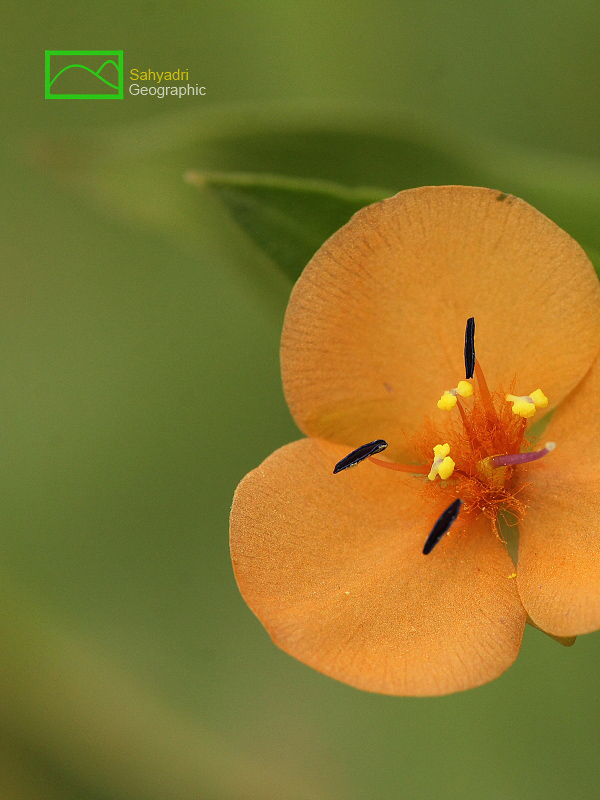 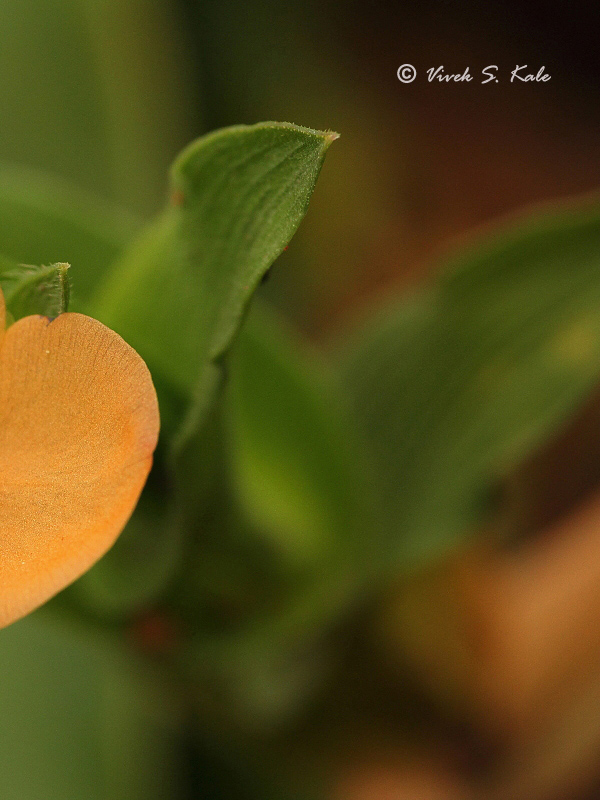 |
| 3. Murudania species, Satara district, Maharashtra, Western ghats, India |
| |
|
|
मुरुडानिया लॅंगिनोसा एक सुंदर लहान वनस्पती आहे. याला अबोली रंगाची फुले येतात. या फुलांना तीन पाकळ्या असतात. या वनस्पतीला पावसाळ्यानंतर सप्टेंबर ते डिसेंबर या काळात फुले येतात. मराठीत या वनस्पतीला अबोलिमा असे म्हणतात.
|
|
Murdannia lanuginosa is a beatiful herb with aboli colored flower, with three petals. The flower is also called as marsh dewflower. Marsh dewflower blooms in September to December months and is seen in peninsular India.
|
|
|
| |
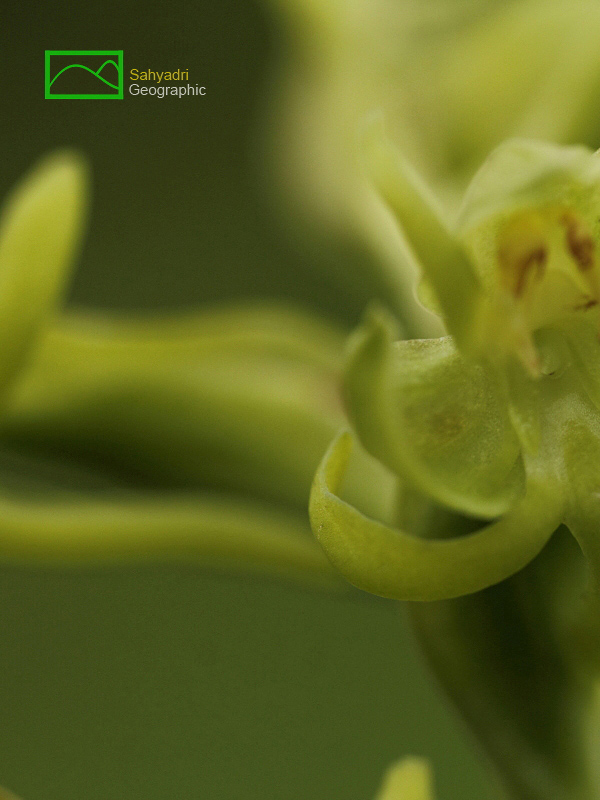 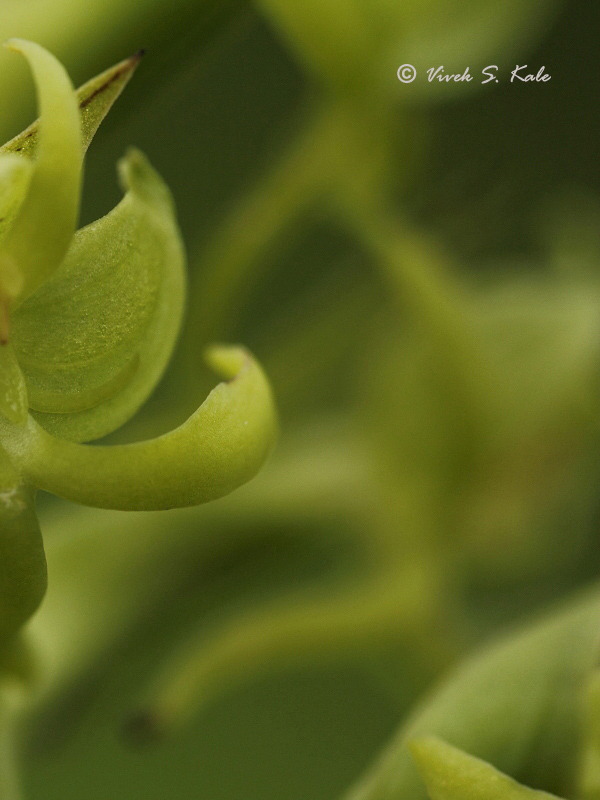  |
| 5. Habenaria digitata, Satara district, Maharashtra, Western ghats, India |
| |
|
|
हबेनरिया डिजिटाटा एक सुंदर ऑर्किड वनस्पती आहे. याला हिरव्या रंगाची फुले येतात. या वनस्पतीला पावसाळ्यानंतर सप्टेंबर ते ऑक्टोबर या काळात फुले येतात. मराठीत या वनस्पतीला जरतारी असे म्हणतात. या वनस्पतीला हिरवी फुले येतात म्हणुन याला हिरवी हबेअमरी असे म्हणतात. सुर्यास्तानंतर माश्यांना आकर्षित करण्यासाठी या फुलांमधुन कुजलेल्या वनस्पतीसारखा वास येतो.
|
|
Green Habenaria is called as हिरवी हबेअमरी in Marathi. Its botanical name is Habenaria digitata. It is a ground orchid with green flowers. After sunset, the flowers emit and strong, foul smell, to attract the flies, which are looking for their food. This mimicry helps the plant for its pollination. The plant flowers in September to December months.
|
|
|
| |
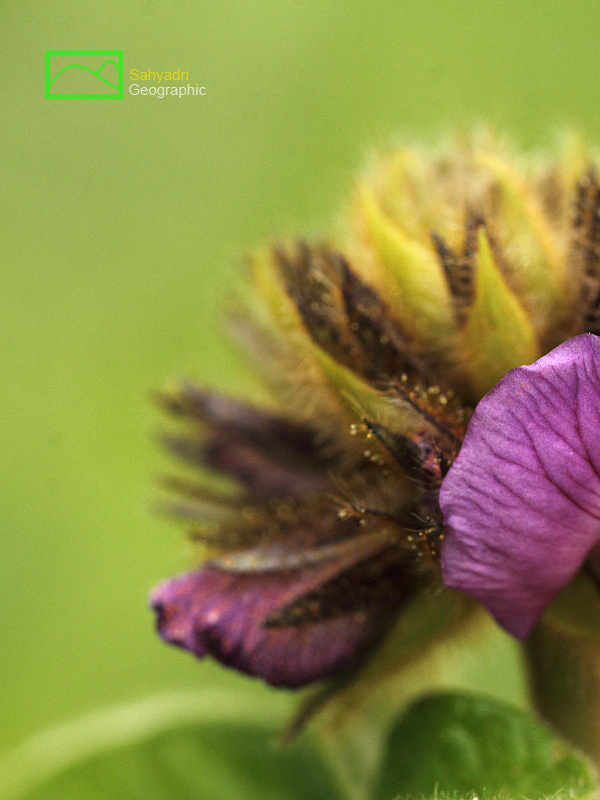   |
| 6. Jaritari species, Satara district, Maharashtra, Western ghats, India |
| |
|
|
| |
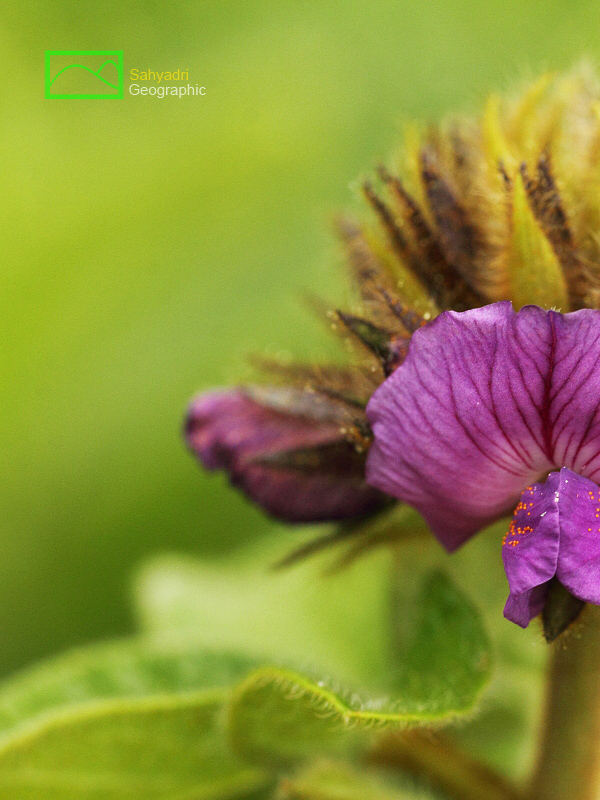 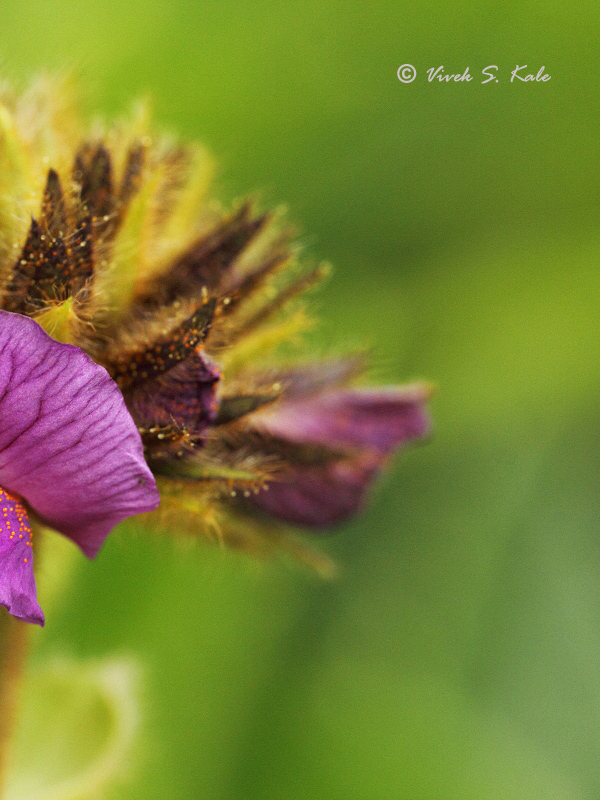  |
| 7. Jaritari species, Satara district, Maharashtra, Western ghats, India |
| |
|
|
स्लेंडर फ्लेमेन्गिया एक सुंदर वनस्पती आहे. याला जांभळ्या रंगाची फुले येतात. या वनस्पतीला पावसाळ्यानंतर सप्टेंबर ते ऑक्टोबर या काळात फुले येतात. मराठीत या वनस्पतीला जरतारी असे म्हणतात.
|
|
Slender flemengia is a small plant with purle flowers. It is called as Jartari in Marathi. The plant flowers in September-October. The plant can be seen on lateritic plateaus.
|
|
|
| |
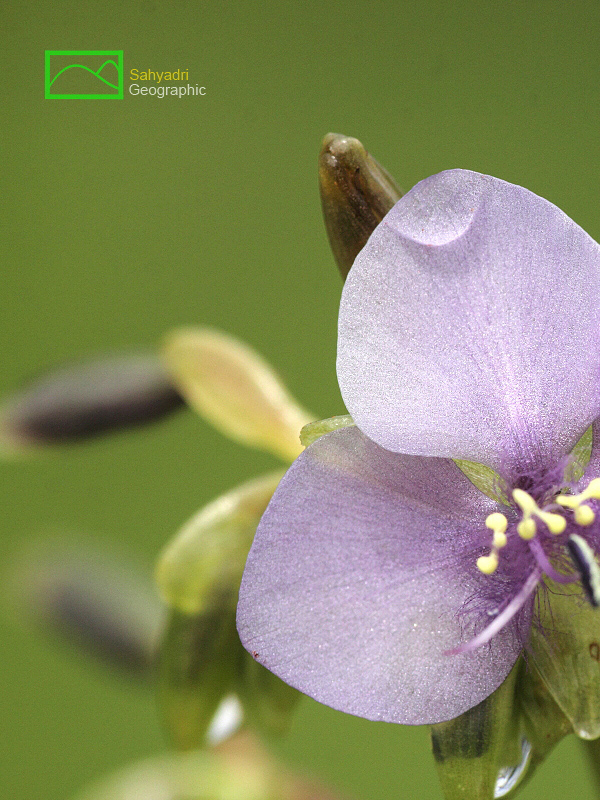 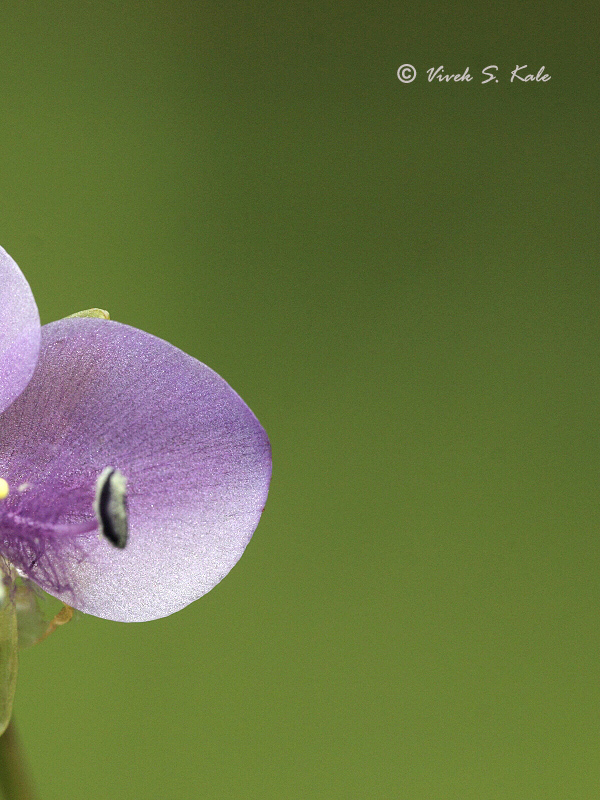
|
| |
| 8 Murudania simplex, Satara district, Maharashtra, Western ghats, India |
| |
|
|
मुरुडानिया सिम्प्लेक्स एक सुंदर लहान वनस्पती आहे. याला फिकट जांभळ्या रंगाची फुले येतात. या फुलांना तीन पाकळ्या असतात. या वनस्पतीला पावसाळ्यानंतर सप्टेंबर ते ऑक्टोबर या काळात फुले येतात. मराठीत या वनस्पतीला निलिमा असे म्हणतात.
|
|
Murudannia simplex a beatiful herb with a faint purple colored flower, with three petals. The flower is also called as large dewflower.Large dewflower blooms in September to October months and is seen on lateritic plateaus.
|
|
|
| |
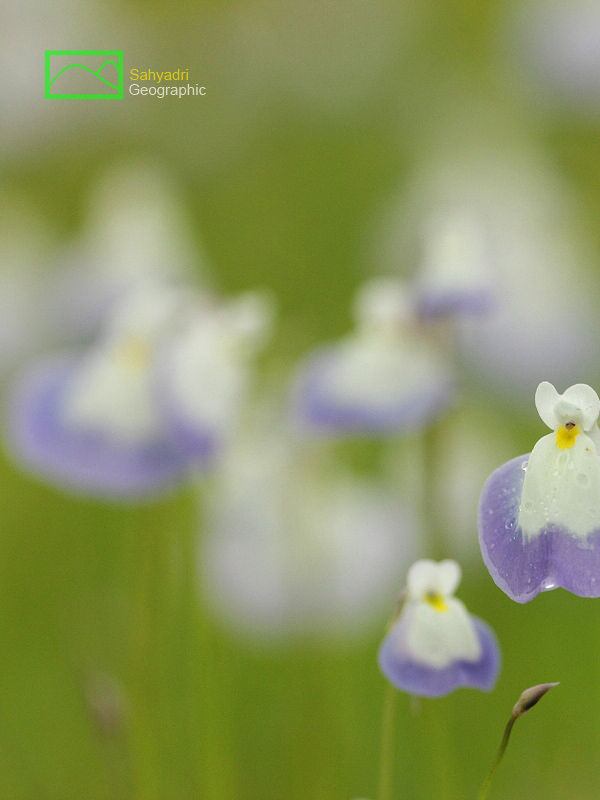 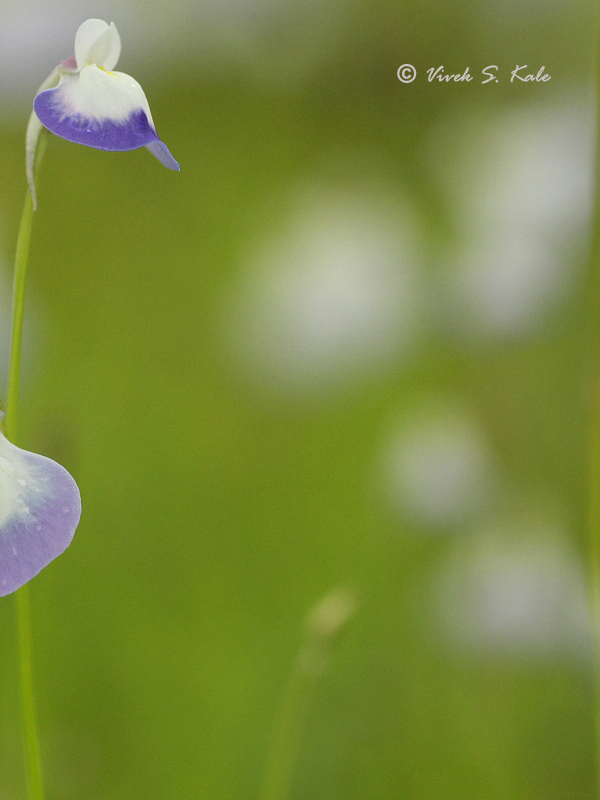
|
| |
| 9. Utricularia species, Sindhudurg district, Maharashtra, Western ghats, India |
| |
|
|
| |
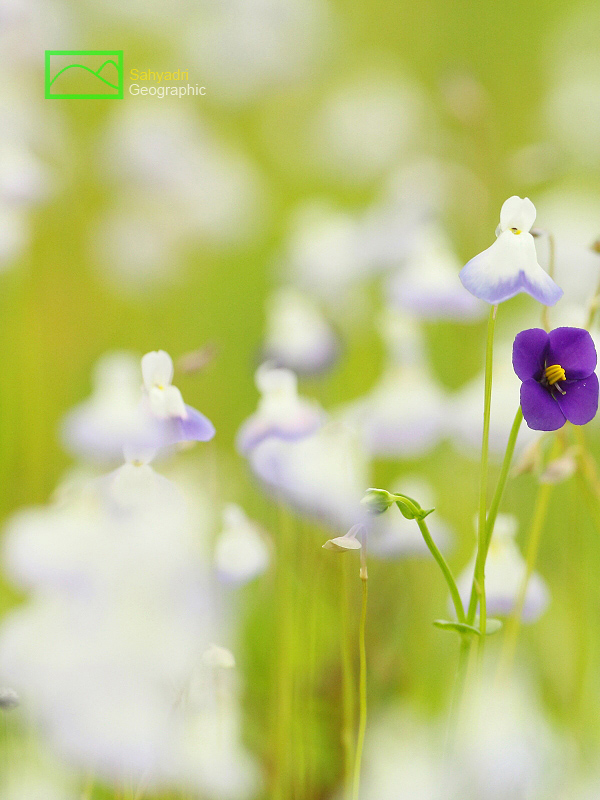 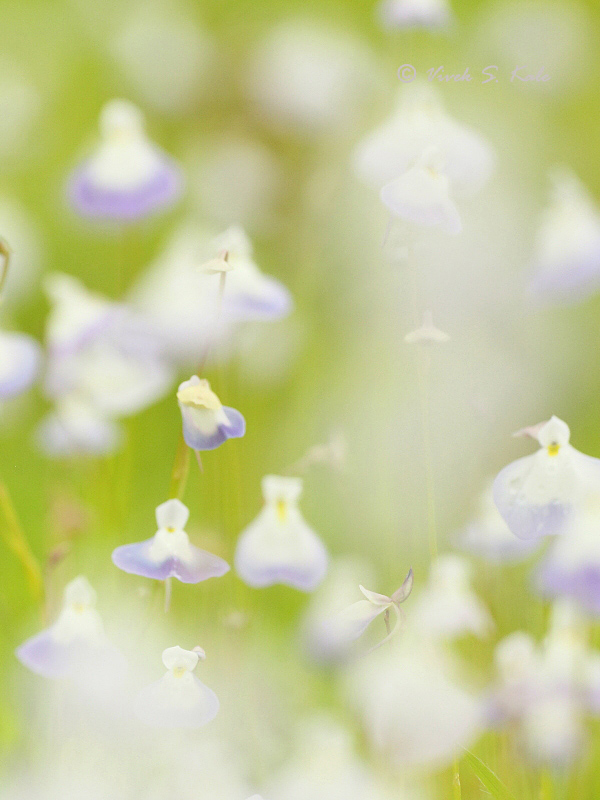
|
| |
| 10. Exaccum species, Satara district, Maharashtra, Western ghats, India |
| |
|
|
| |
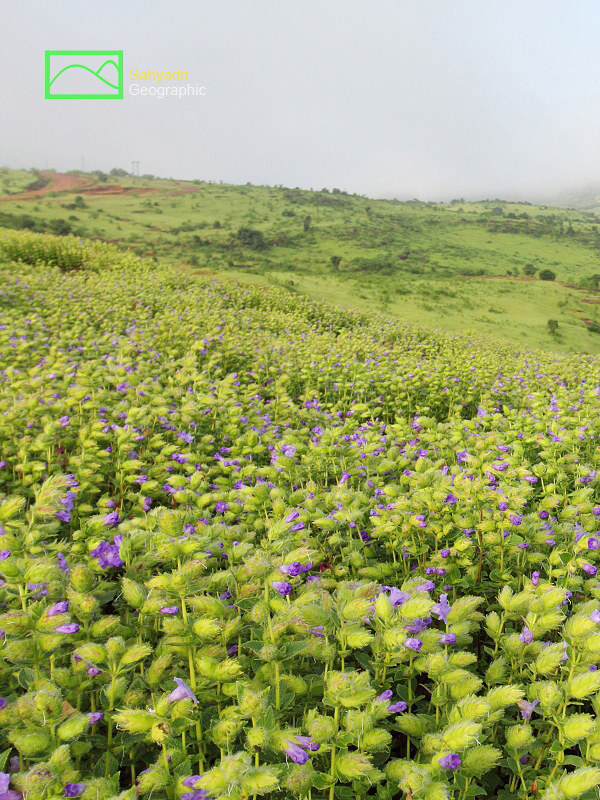 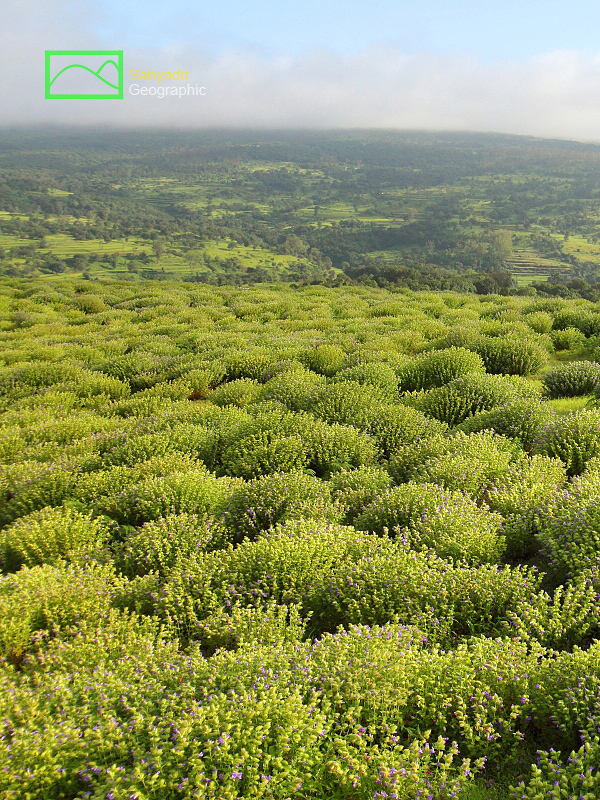
|
| |
| 11. pleocaulus ritchiei, Satara district, Maharashtra, Western ghats, India |
| |
|
|
टोपली कारवी च्या टोपल्या आपल्याला सह्याद्रीच्या घाटमाथ्यावर डोंगर उतारावर व सपाटीवर आढळतात. या वनस्पतीस प्लिओकौलस रिची असे म्हणतात. या वनस्पतीला ७-८ वर्षानंतर फुले येतात. या प्रकारे काही वर्षानंतर अश्या प्रकारे फुले येण्यास "मास्ट सिडिंग" असे म्हणतात. असे का अस्सवे याचे बरेच शास्त्रीय तर्क आहेत. फुलांवर मधमाश्या व लहान गवत पक्षी मध व पराग गोळा करताना दिसतात. यामुळे वनस्पतीस परागीकरण होण्यास मदत होते.
|
|
Pleocaulus ritchie is called as Topli karvi in Marathi. The plant is shaped semispherical and is low on the ground. The plant blossoms once in seven to eight years, Such flowering phenomenon is called as Mast seeding. The intermittent production of large seed crops by population of plants is called as Mast seeding. This phenomenon is seen in some long lived plants which are less affected by the cost of not reproducing in some years. The plants are pollinated by various grassbirds, honey bees and insects. These plants are often seen on the edge of the Deccan plateau at higher altitudes, both on baslat as well as lateritic plateaus.
|
|
|
| |
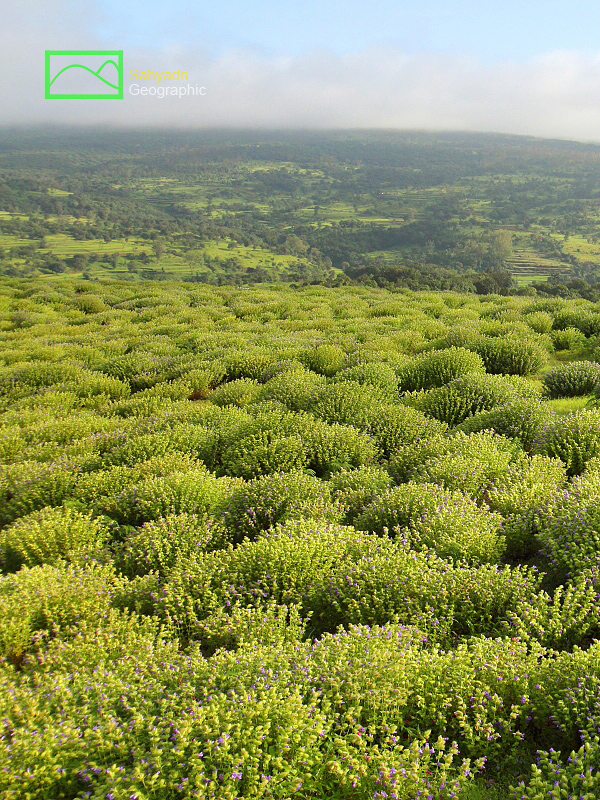 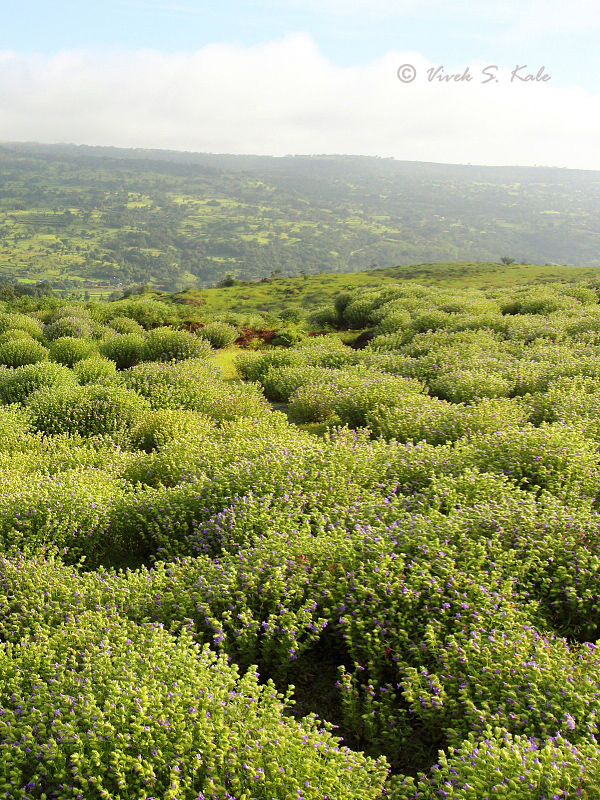
|
| |
| 12. pleocaulus ritchiei, Satara district, Maharashtra, Western ghats, India |
| |
|
|
| |
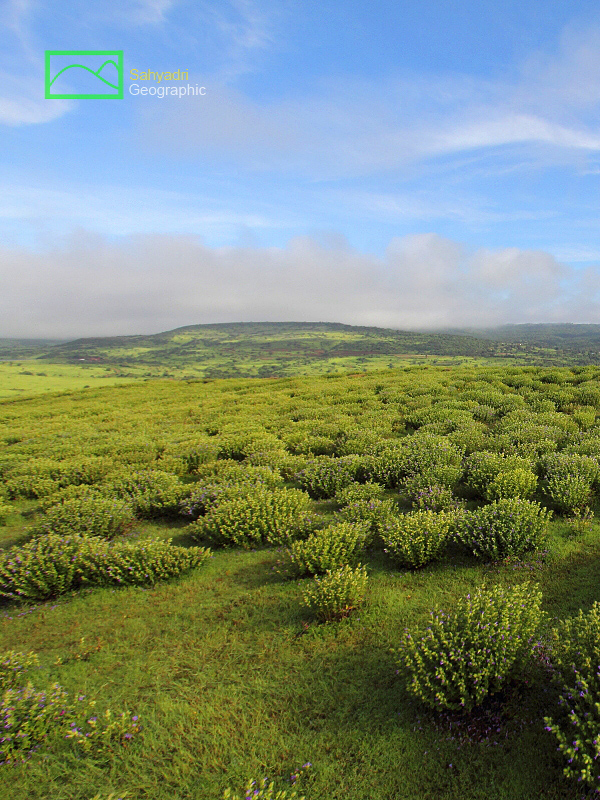 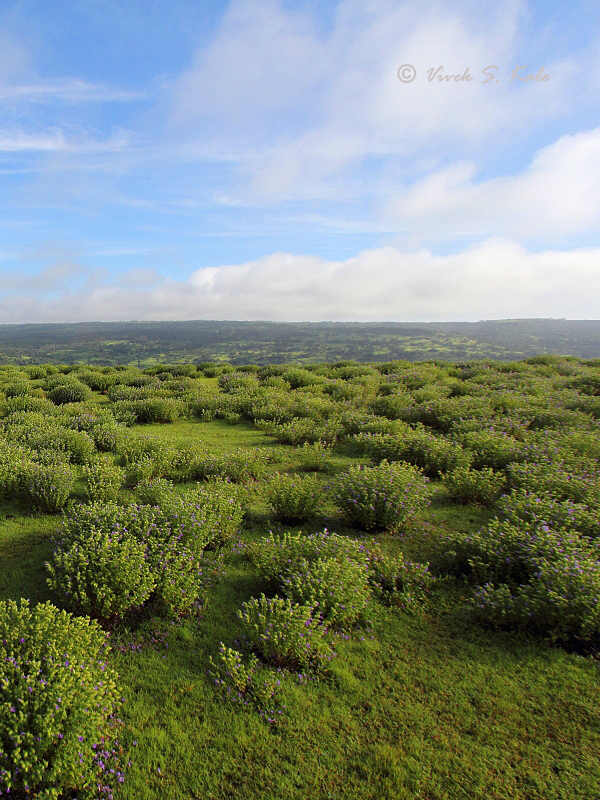
|
| |
| 13. Pleocualus ritchei, Satara district, Maharashtra, Western ghats, India |
| |
|
|
| |
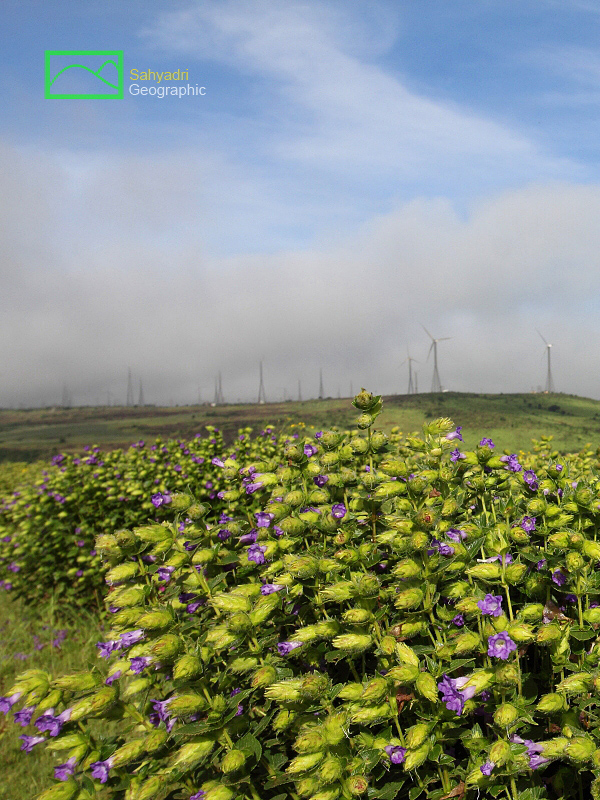 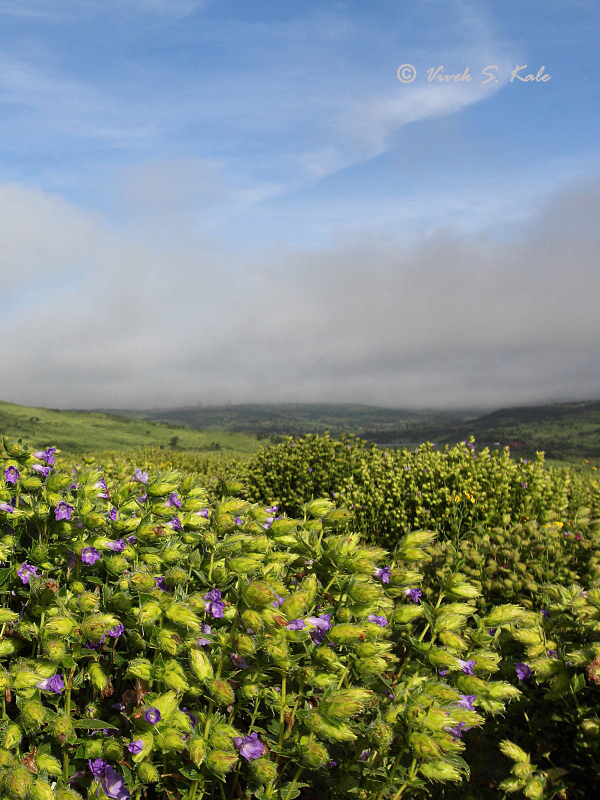
|
| |
| 14. pleocaulus ritchiei, Satara district, Maharashtra, Western ghats, India |
| |
|
|
| |
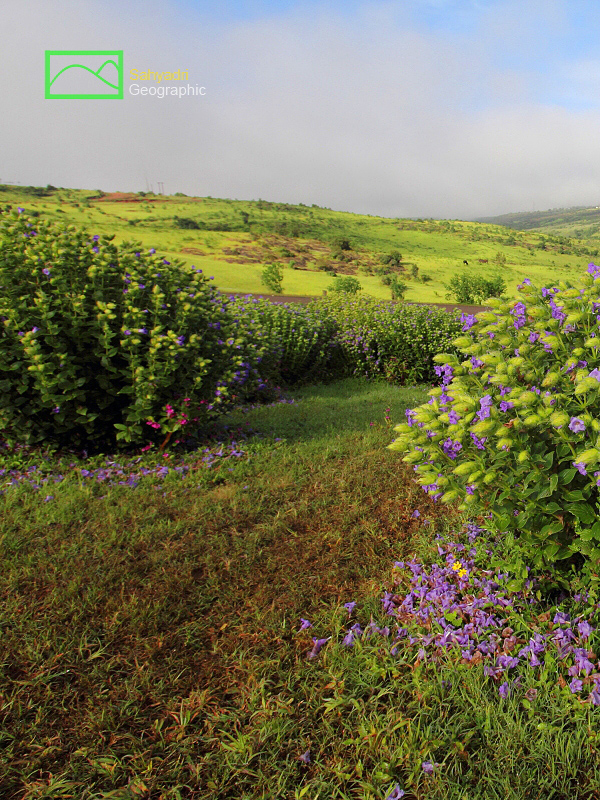 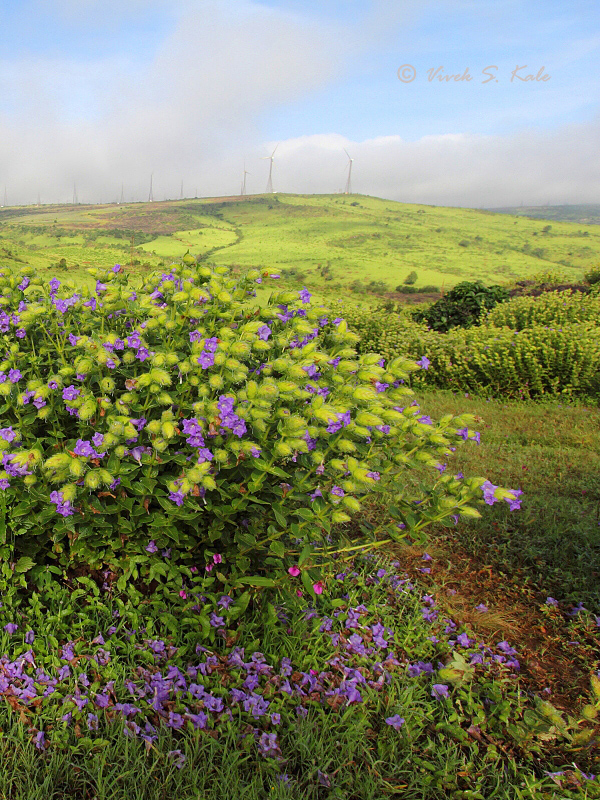
|
| |
| 15. pleocaulus ritchiei, Satara district, Maharashtra, Western ghats, India |
| |
|
|
| |
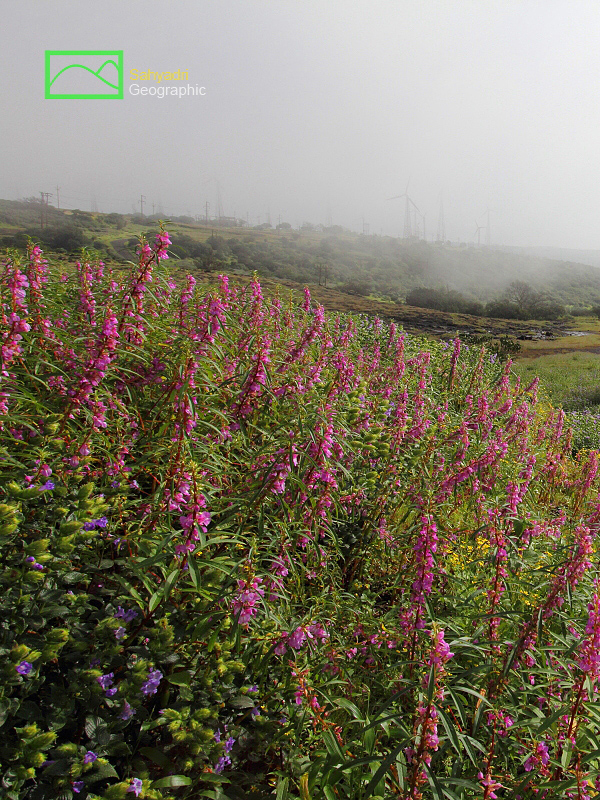 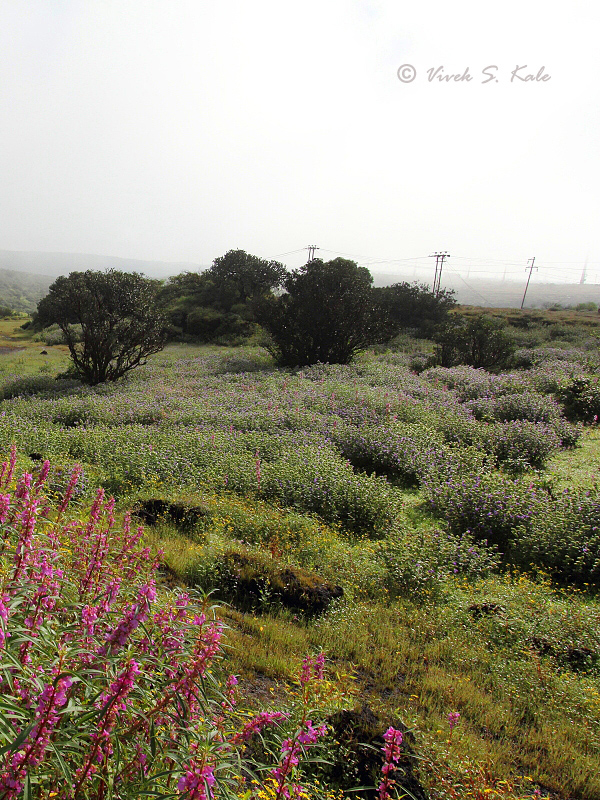
|
| |
| 16. Impatiens balsam, Satara district, Maharashtra, Western ghats, India |
| |
|
|
| |
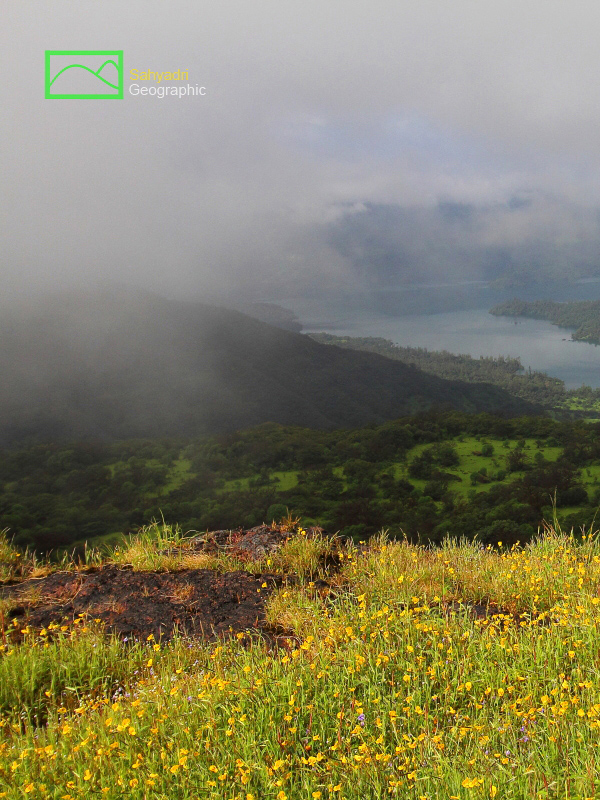 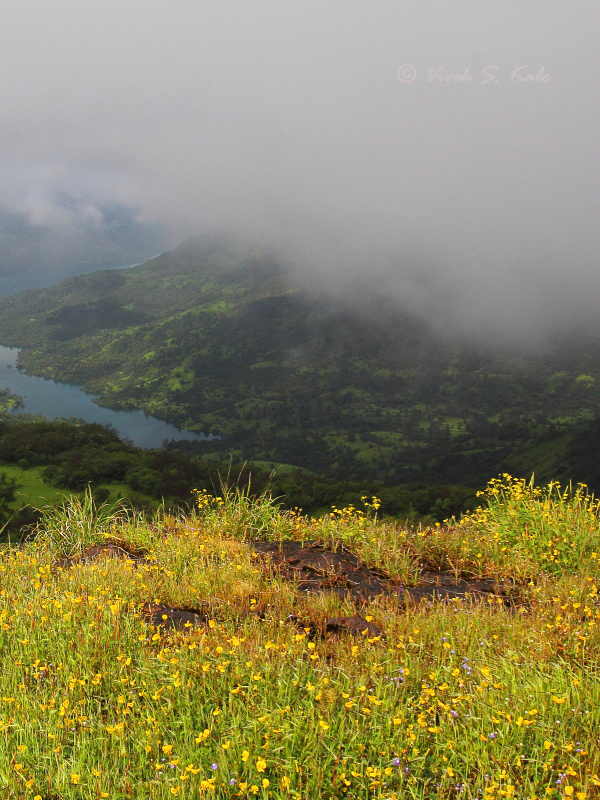
|
| |
| 17. Smithia species, Satara district, Maharashtra, Western ghats, India |
| |
|
|
| |
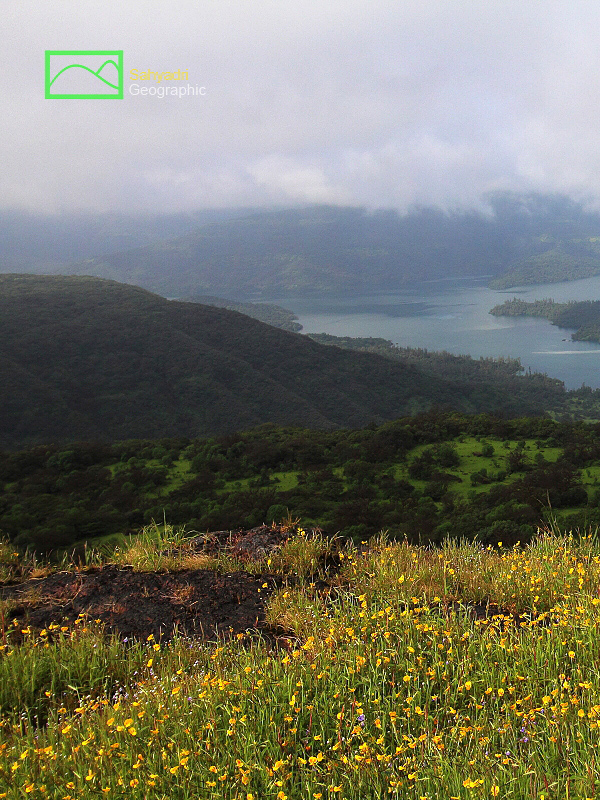 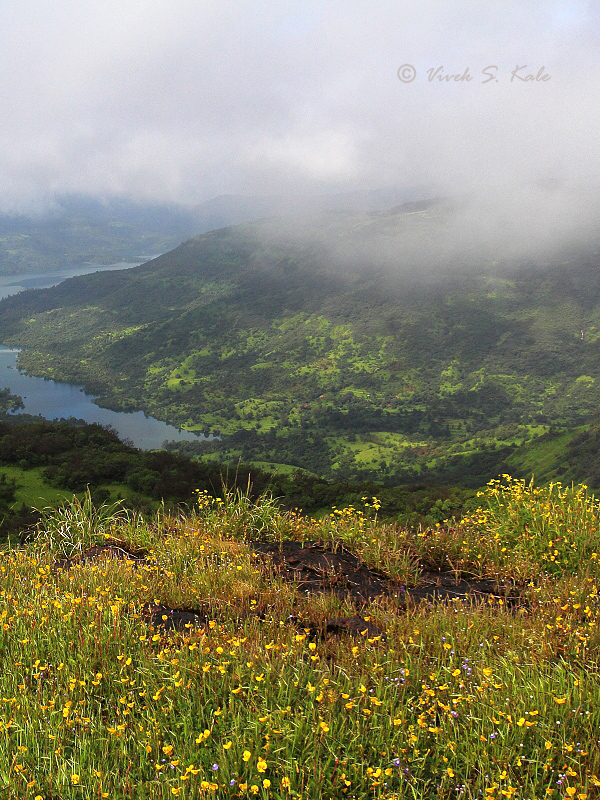
|
| |
| 18. Smithia species, Satara district, Maharashtra, Western ghats, India |
| |
|
|
| |
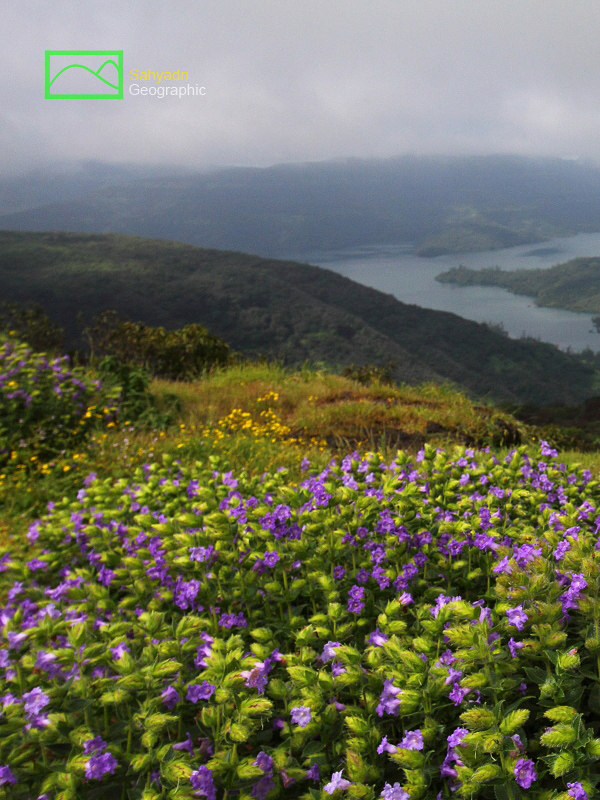 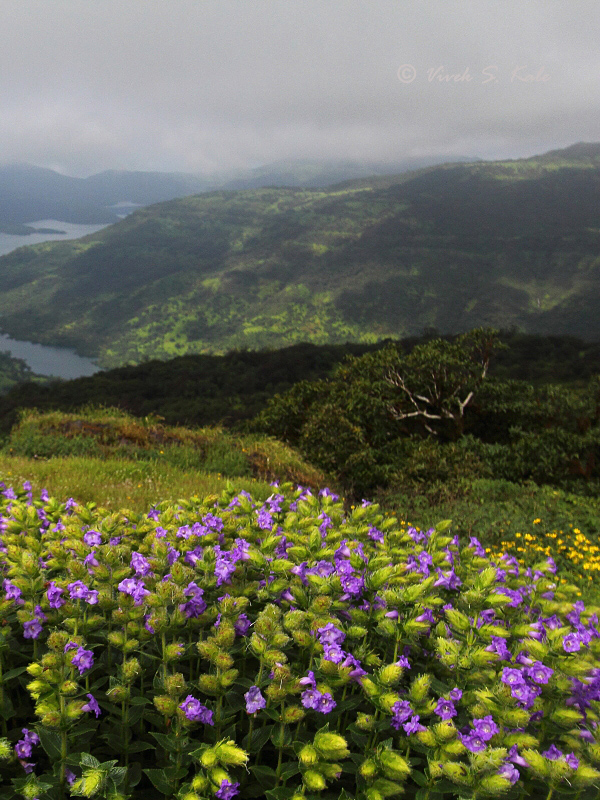
|
| |
| > 19. pleocaulus ritchiei species, Satara district, Maharashtra, Western ghats, India |
| |
|
|
| |
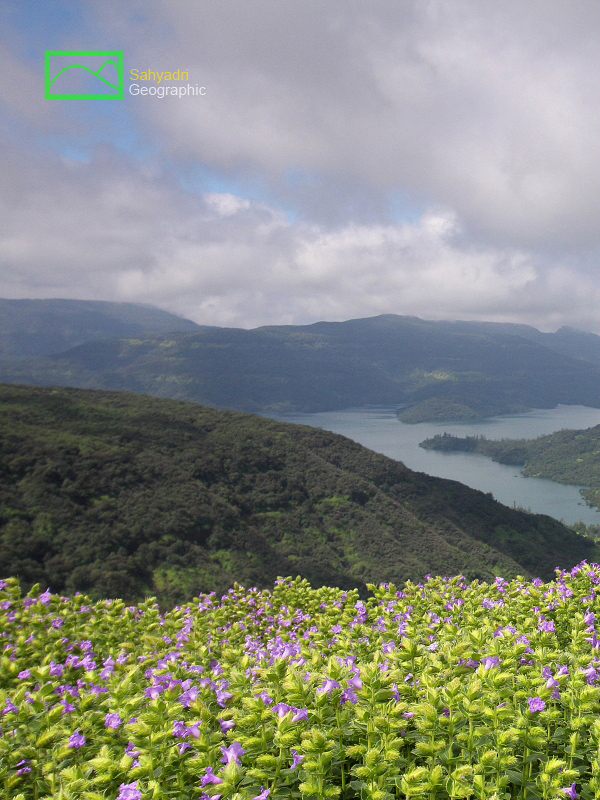 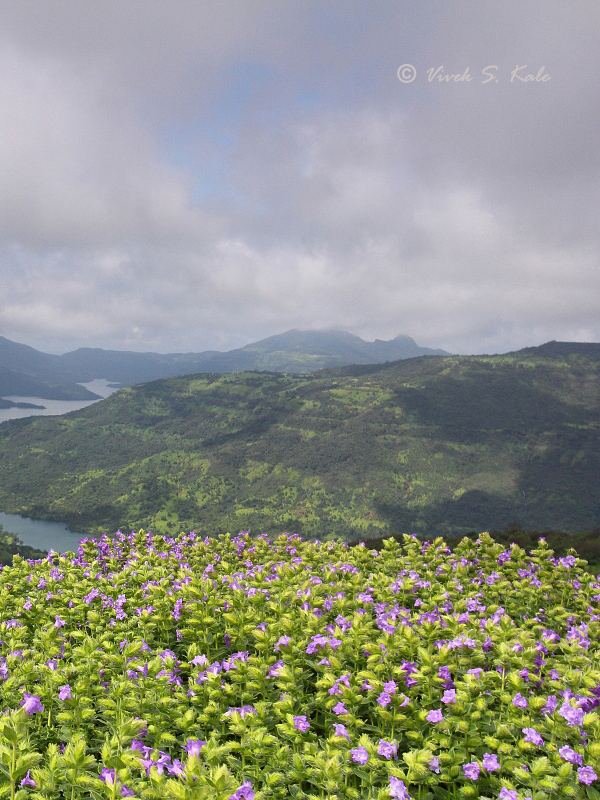
|
| |
| 20. pleocaulus ritchiei species, Satara district, Maharashtra, Western ghats, India |
| |
|
|
| |
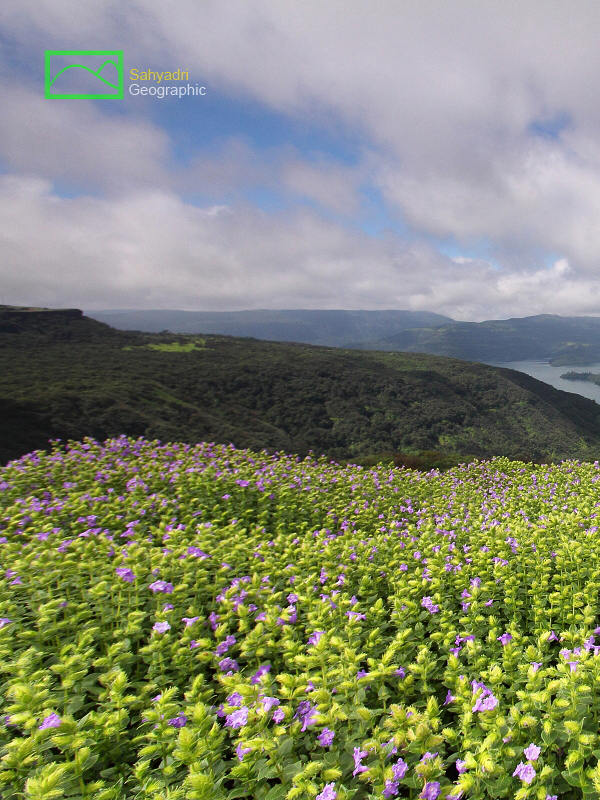 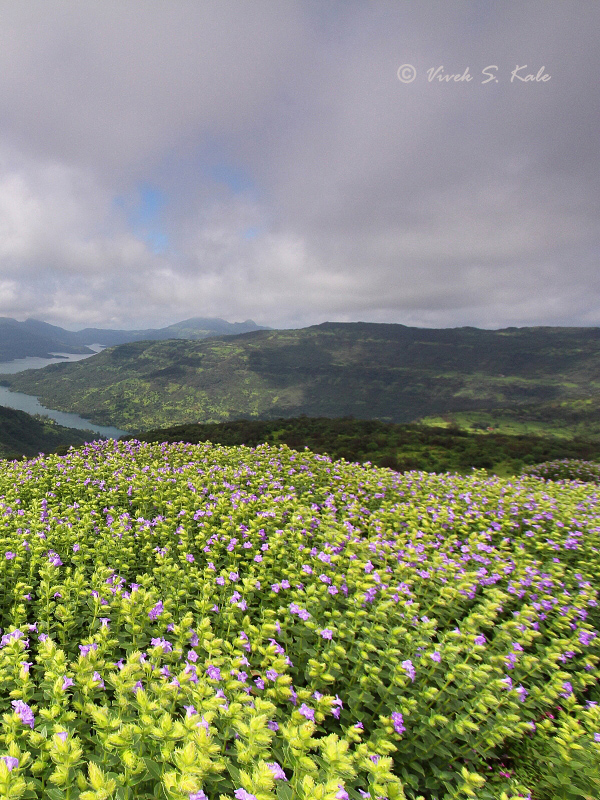
|
| |
| 21. pleocaulus ritchiei species, Satara district, Maharashtra, Western ghats, India |
| |
|
|
| |
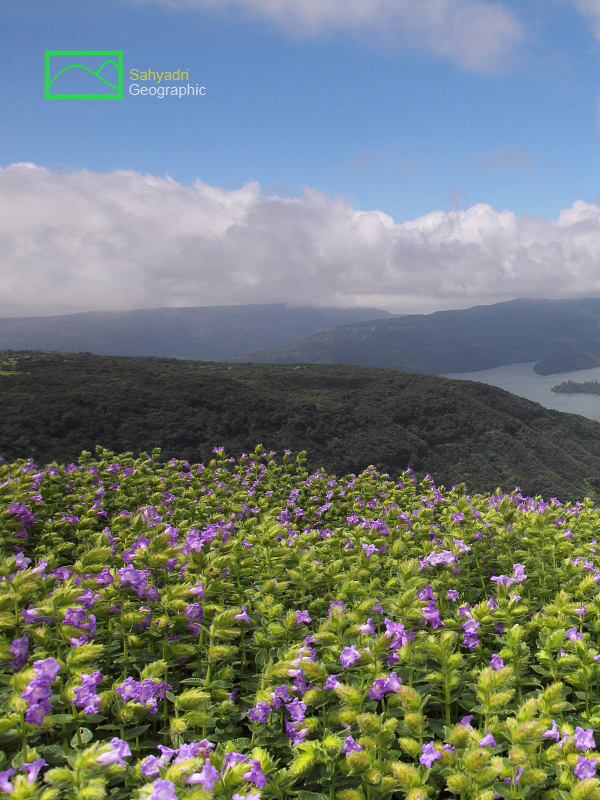 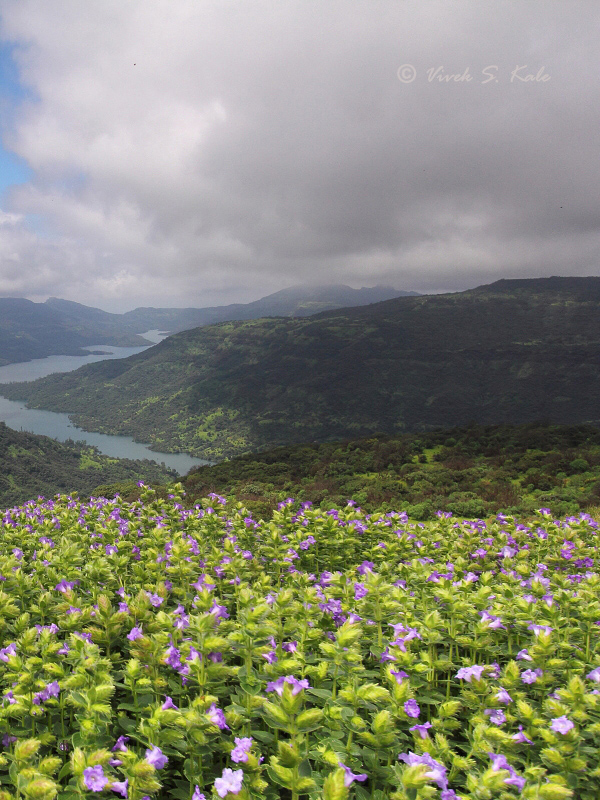
|
| |
| 22. pleocaulus ritchiei species, Satara district, Maharashtra, Western ghats, India |
| |
|
|
| |
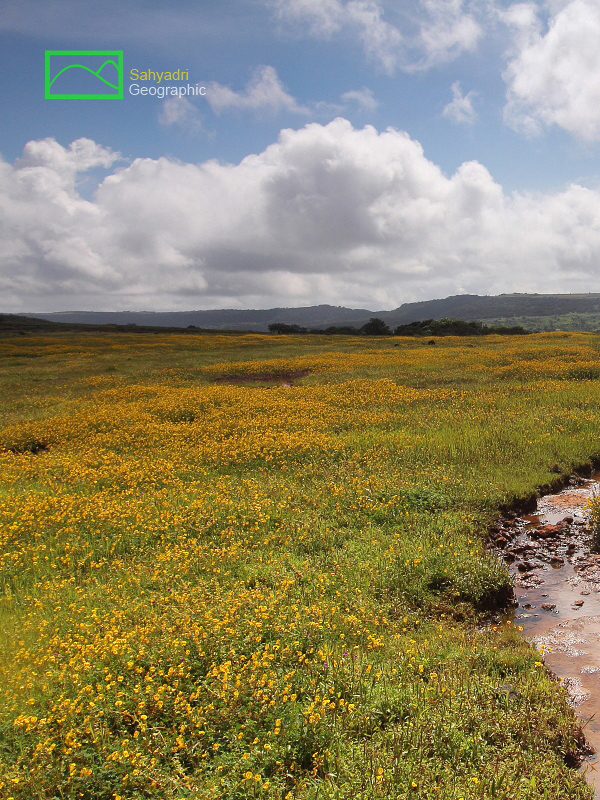 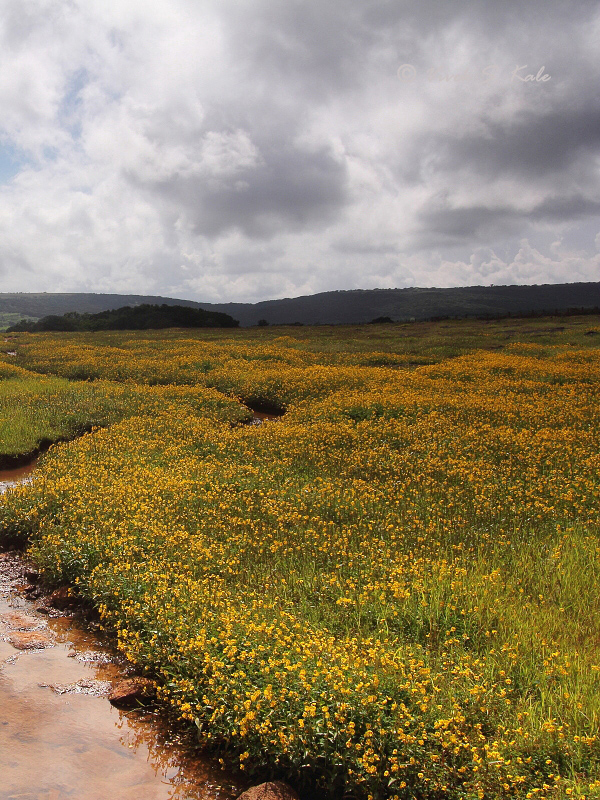
|
| |
| 23. Smithia species, Satara district, Maharashtra, Western ghats, India |
| |
|
|
| |
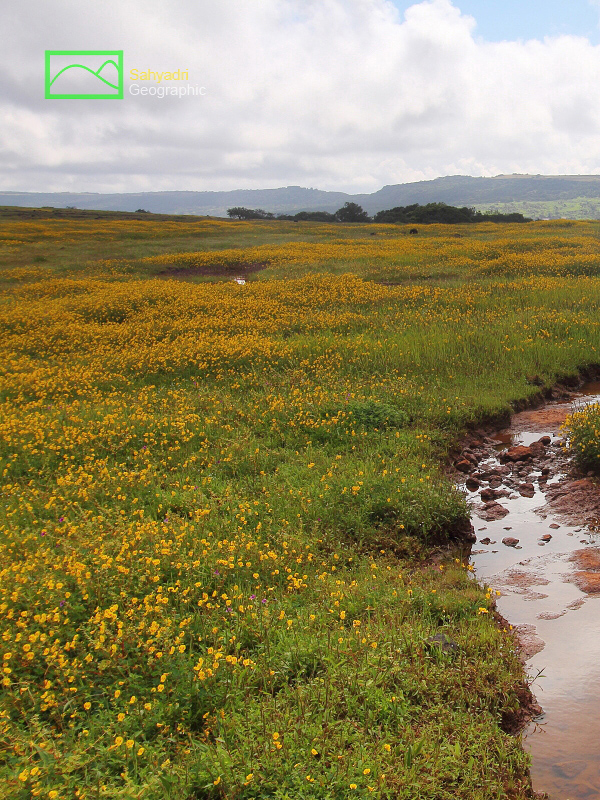 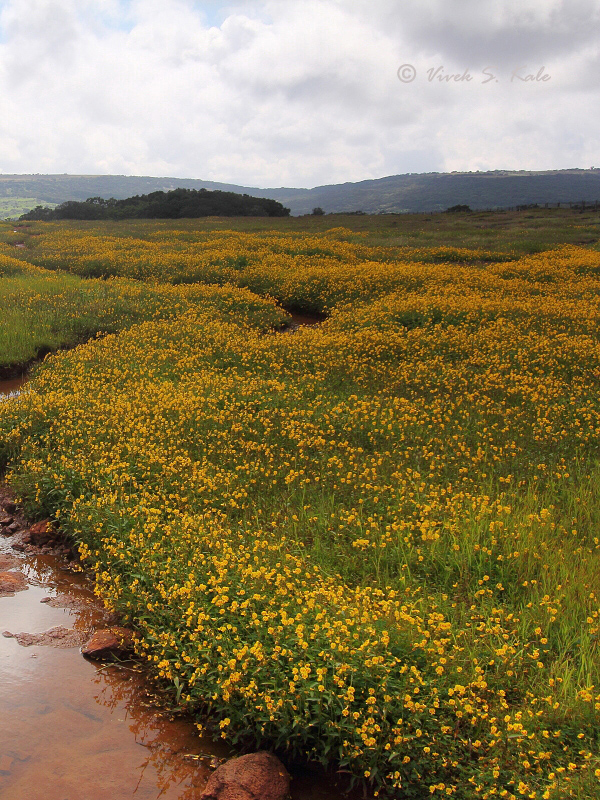
|
| |
| 24. Smithia species, Satara district, Maharashtra, Western ghats, India |
| |
|
|
| |
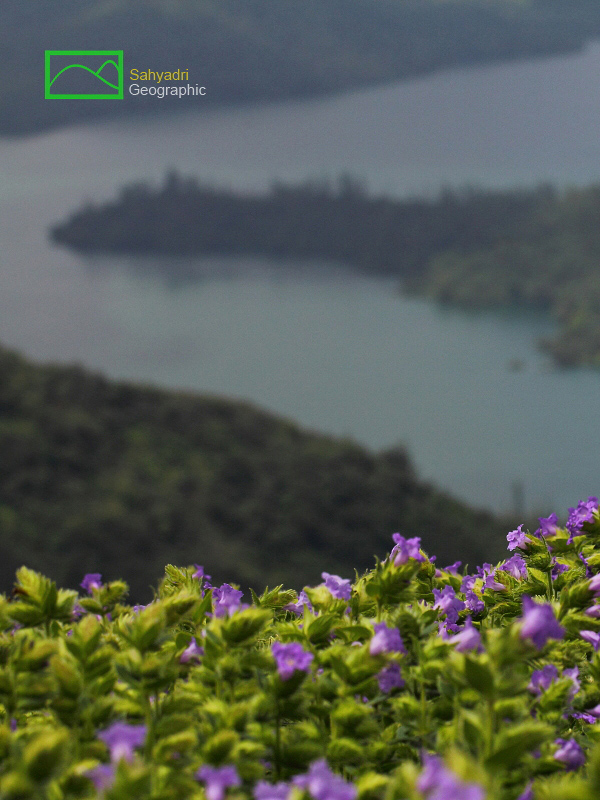 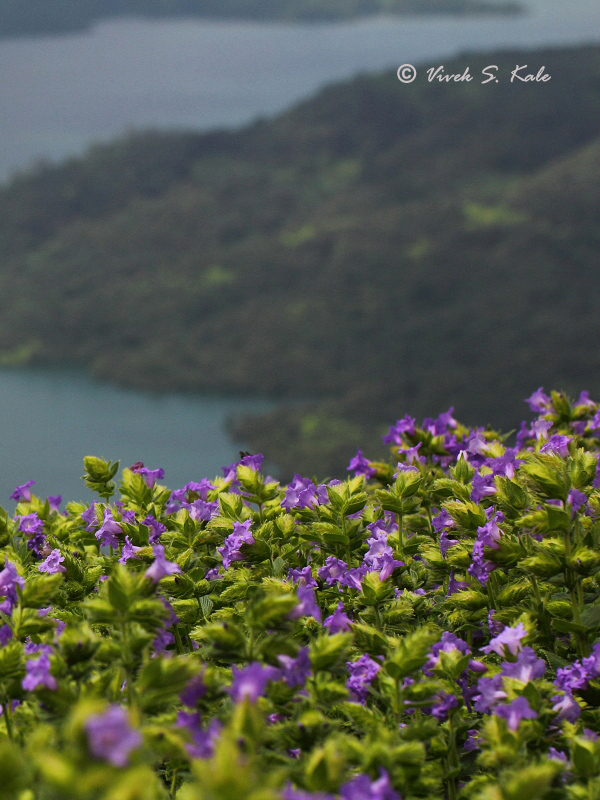
|
| |
| 25. Pleocualus ritchie species, Satara district, Maharashtra, Western ghats, India |
| |
|
|
| |
 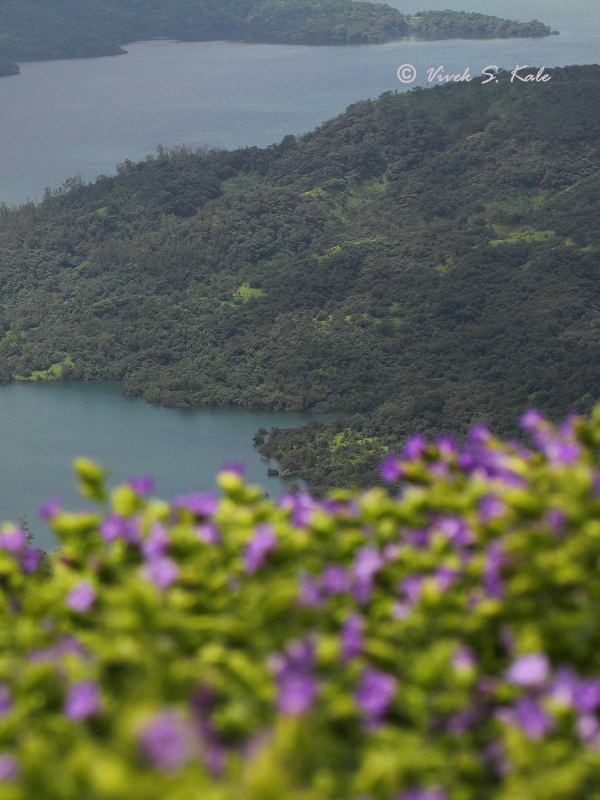
|
| |
| 26. pleocaulus ritchiei, Satara district, Maharashtra, Western ghats, India |
| |
|
|
| |
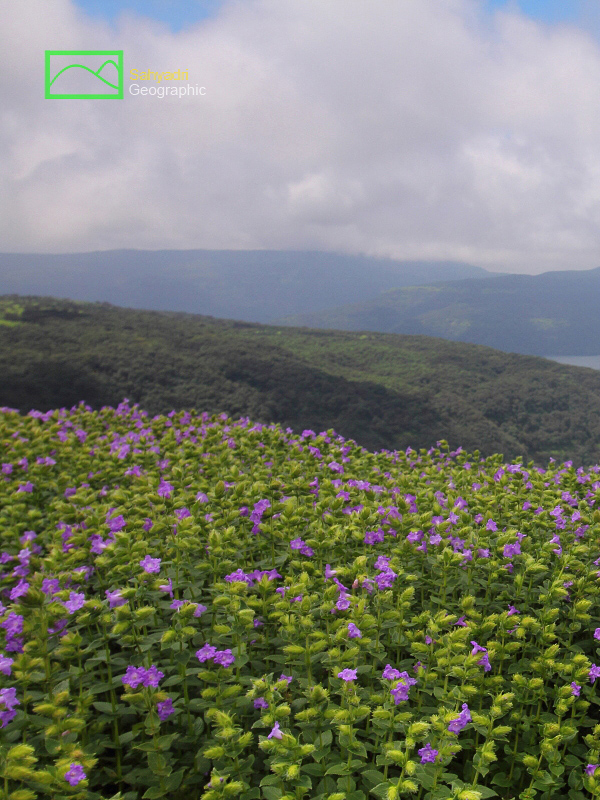 
|
| |
| 27. pleocaulus ritchiei, Satara district, Maharashtra, Western ghats, India |
| |
|
|
| |
|

























































